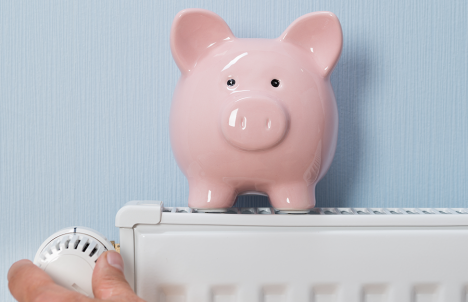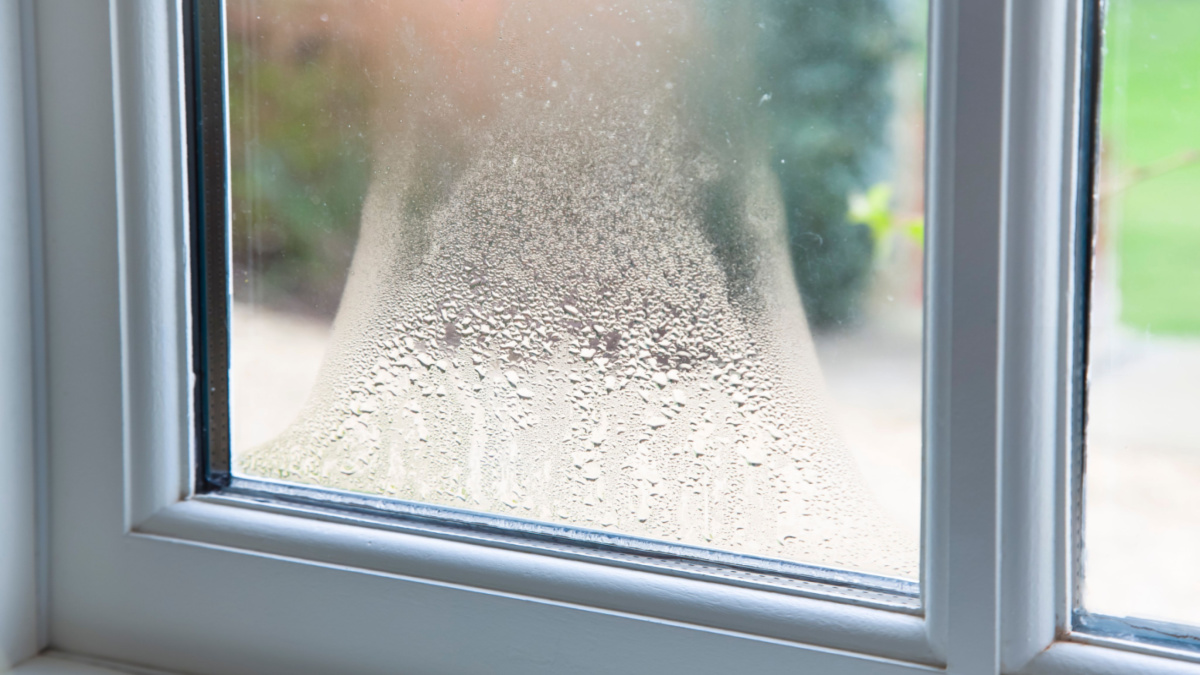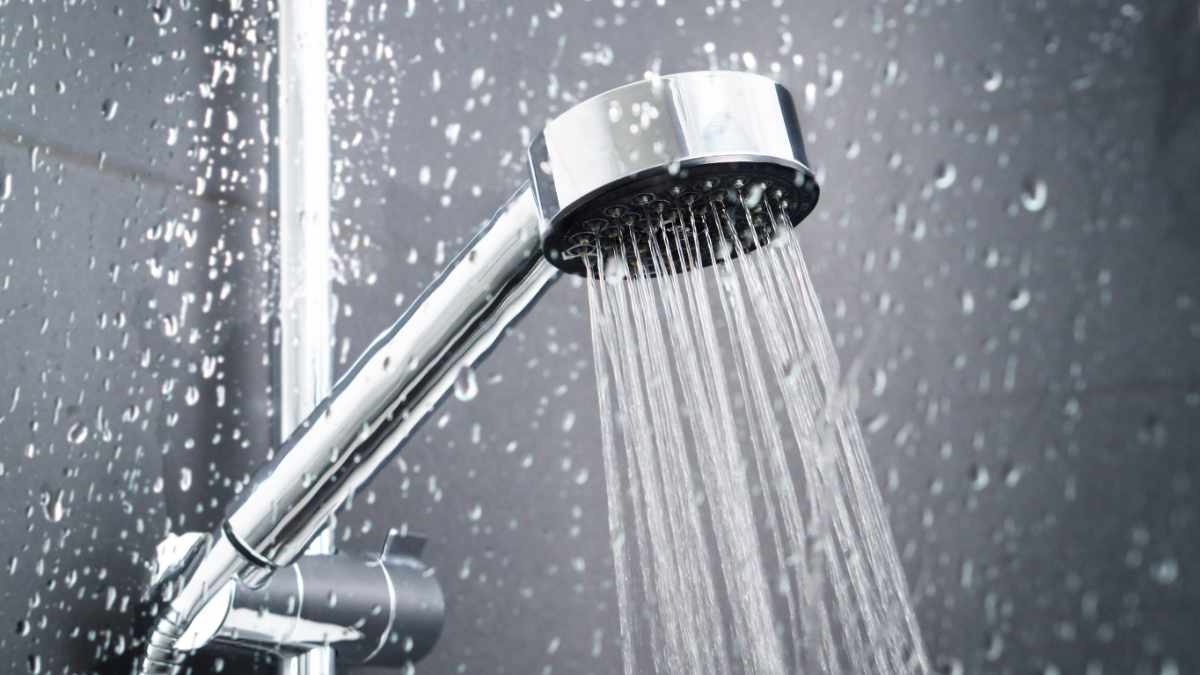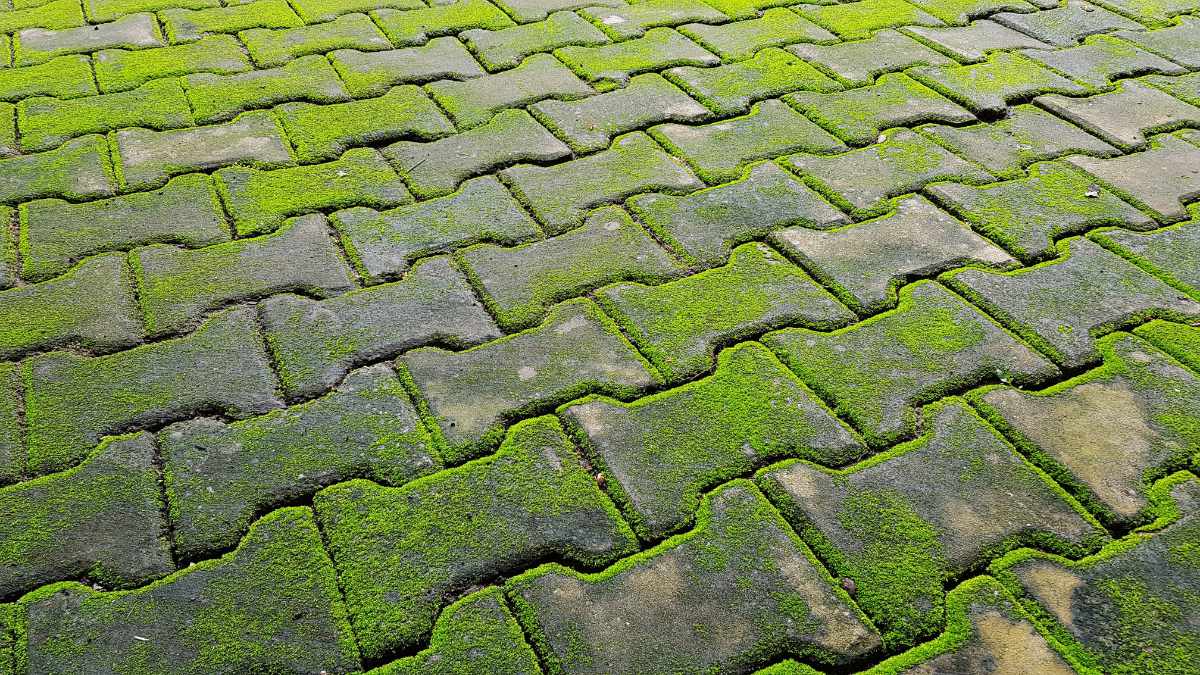Our companies are backed by the Five Star Guarantee. Call one today!
Is your house dustier than normal? Have you seen a recent spike in your heating or cooling costs? If your answer to both of those questions is yes, you might need to have your air ducts cleaned.
The reality of living in your house is that the HVAC system will get dirty. There’s really no way around it. Tiny dust and dirt particles are in the air, and over time, they build up in your ductwork.
If you’ve never had your air ducts cleaned, take this as your sign to schedule an appointment. Keep reading to learn more!
YOU MIGHT ALSO LIKE: High Indoor Humidity: What You Need to Know
The Air Duct Cleaning Process
When air ducts are cleaned the right way, the process takes some time. But it works. You won’t end up with more dust simply scattered all over your house.
The key is negative pressure. Negative pressure is the foundation of a professional duct cleaning service. In short, the duct cleaning crew will cover all the vents and registers in your house. Then, they’ll attach a long hose to your air handler and turn on their vacuum.
That vacuum system creates negative pressure inside the ductwork. The negative pressure combined with the vacuum’s suction clears your ductwork of dust and dirt.
In more detail, here’s an overview of the steps of an air duct cleaning service:
1. Inspect the air ducts.
The first thing the air duct cleaning crew will do is look over the ducts and registers. This is also something you can do yourself. The technicians will be looking for significant dirt buildup as well as any leaks, holes, or kinks in the ductwork.
Your technician will probably have a camera probe to see farther into the ducts. Ask if you can take a look before the team starts the cleaning process and after they’re done. The technician might even be able to take before and after pictures for you. It’s neat (but probably pretty gross) to see, and it’ll help you confirm that the crew did a good job.
If the technician finds leaks or other problems with the ducts, they might be able to repair them for you. Most companies offer this service.
2. Create the vacuum.
This is when the negative pressure comes into play. Your duct cleaning crew will use a vacuum collection system to get the dust buildup out of the ducts. These vacuum systems are either portable (but very large) or truck mounted.
Before they actually turn on the machine, however, the team will attach a hose from the vacuum system to a duct near the air handler. Once that step is done, the technicians will cover every vent and register in your house. This is what ensures that the vacuum can actually do its job.
3. Loosen the dust and debris.
After all the vents are covered and the vacuum is on, the actual duct cleaning starts. The technicians will go through your house and uncover each vent and register one at a time. From the uncovered vent, the technician will be able to access the duct and clean it.
The crew members will likely use a few different tools to loosen the dust so it can be sucked into the vacuum system. Professional duct cleaners use compressed air tools and rotating brushes, among other tools.
4. Clean the rest of the HVAC system.
Cleaning the air ducts will only do so much unless the rest of your HVAC system is cleaned, too. This means the crew should inspect and clean your system’s blower motor, evaporator coil, and drain pan.
YOU MIGHT ALSO LIKE: 10 Filters and Vents to Clean in 2021
Moving Forward (With Clean Air Ducts!)
Your duct cleaning company should follow the standards set by the National Air Duct Cleaning Association (NADCA). As long as they do, your entire HVAC system will be left clean and in great shape.
You can keep your HVAC system cleaner for longer by changing your air filter regularly. Set a reminder to do it at least once every three months. If you have pets or allergies, change the filter more frequently.
Keeping your heating and cooling system clean and maintained makes a world of difference. Your power and utility bills will be lower. Your home’s air quality will be better. And your HVAC system will run efficiently for longer. It’s a win-win!
KEEP READING: The Importance of Air Conditioning Maintenance








 Top Categories
Top Categories












